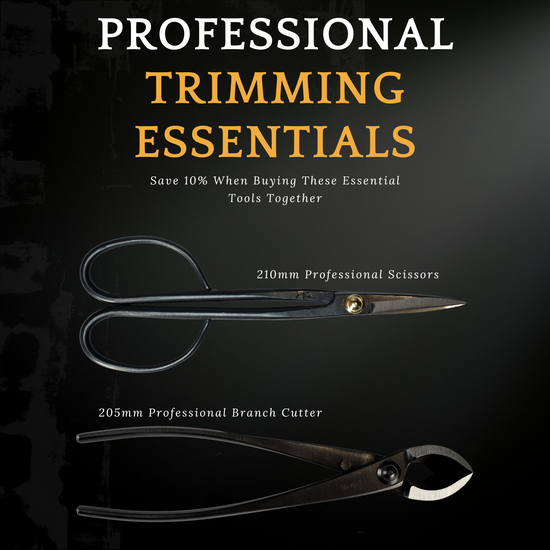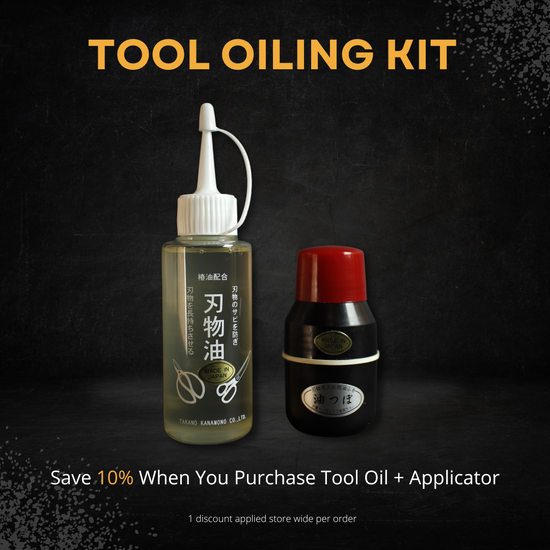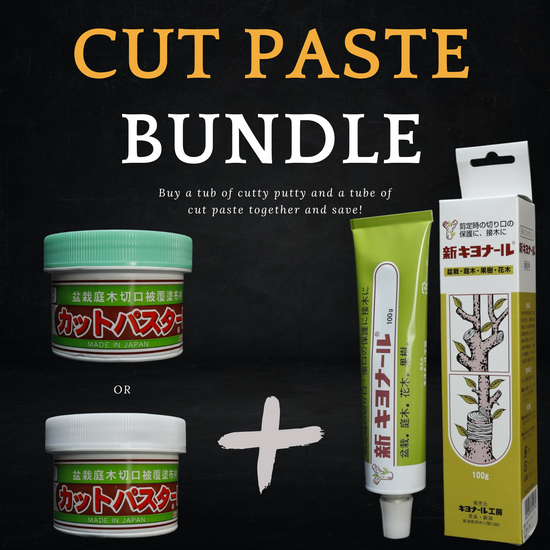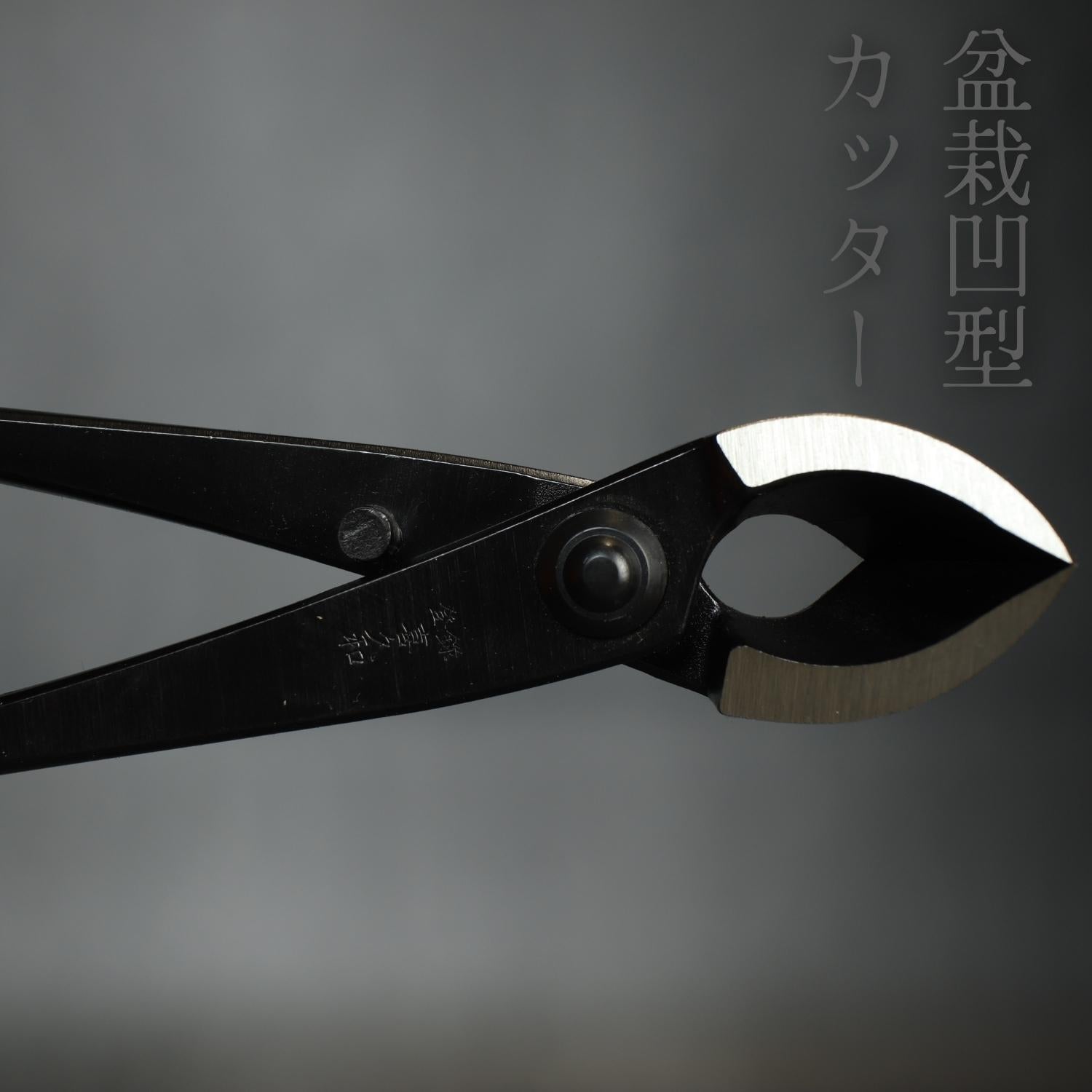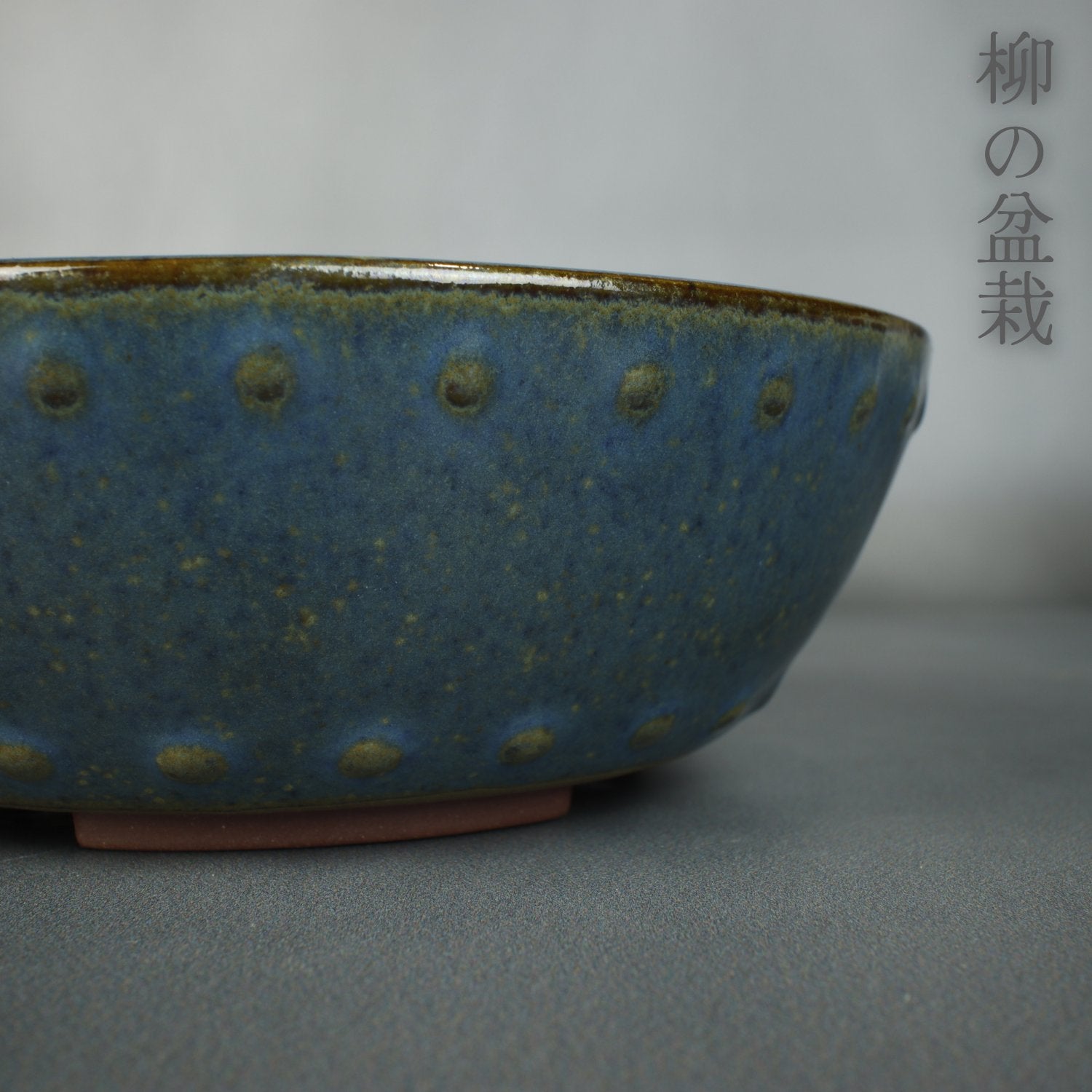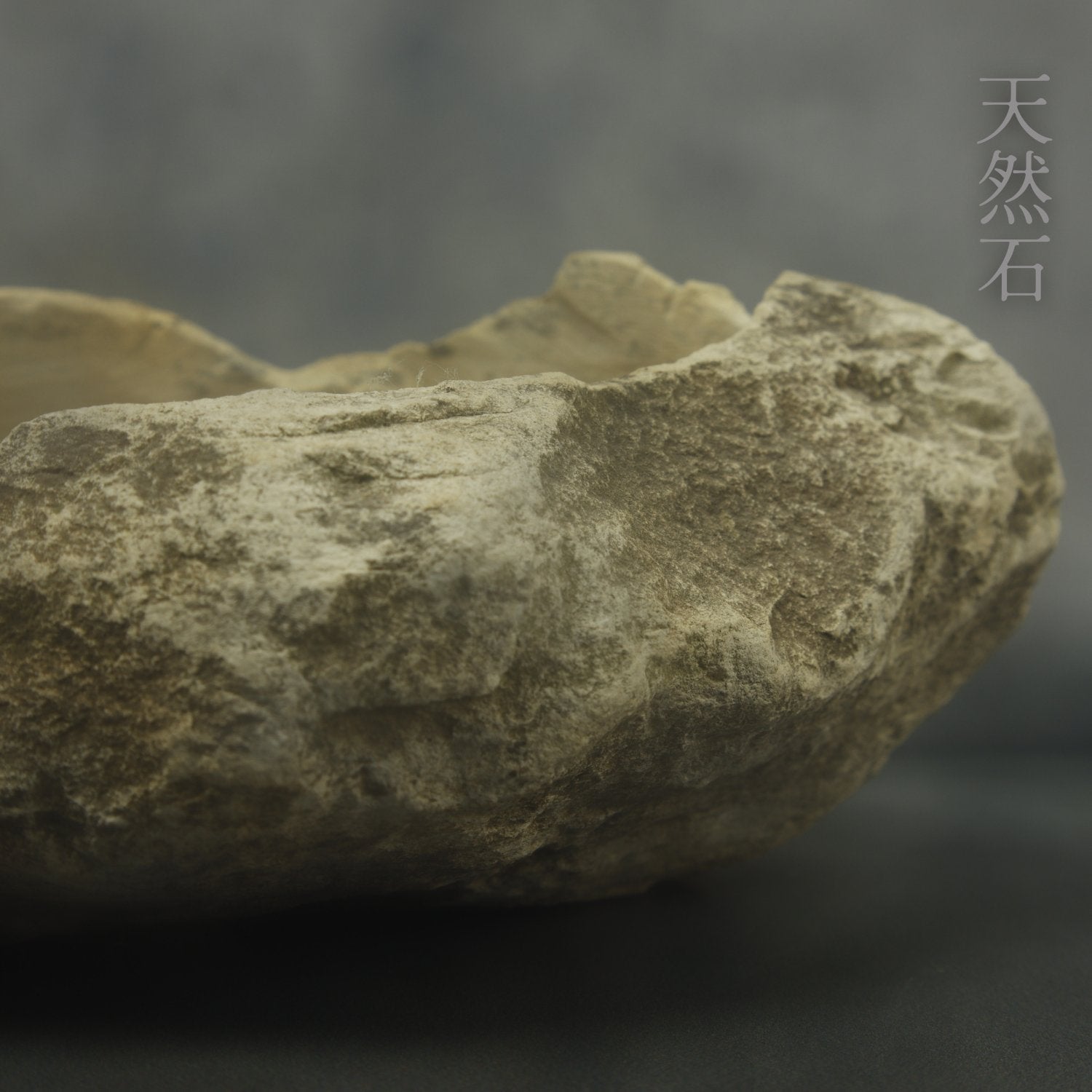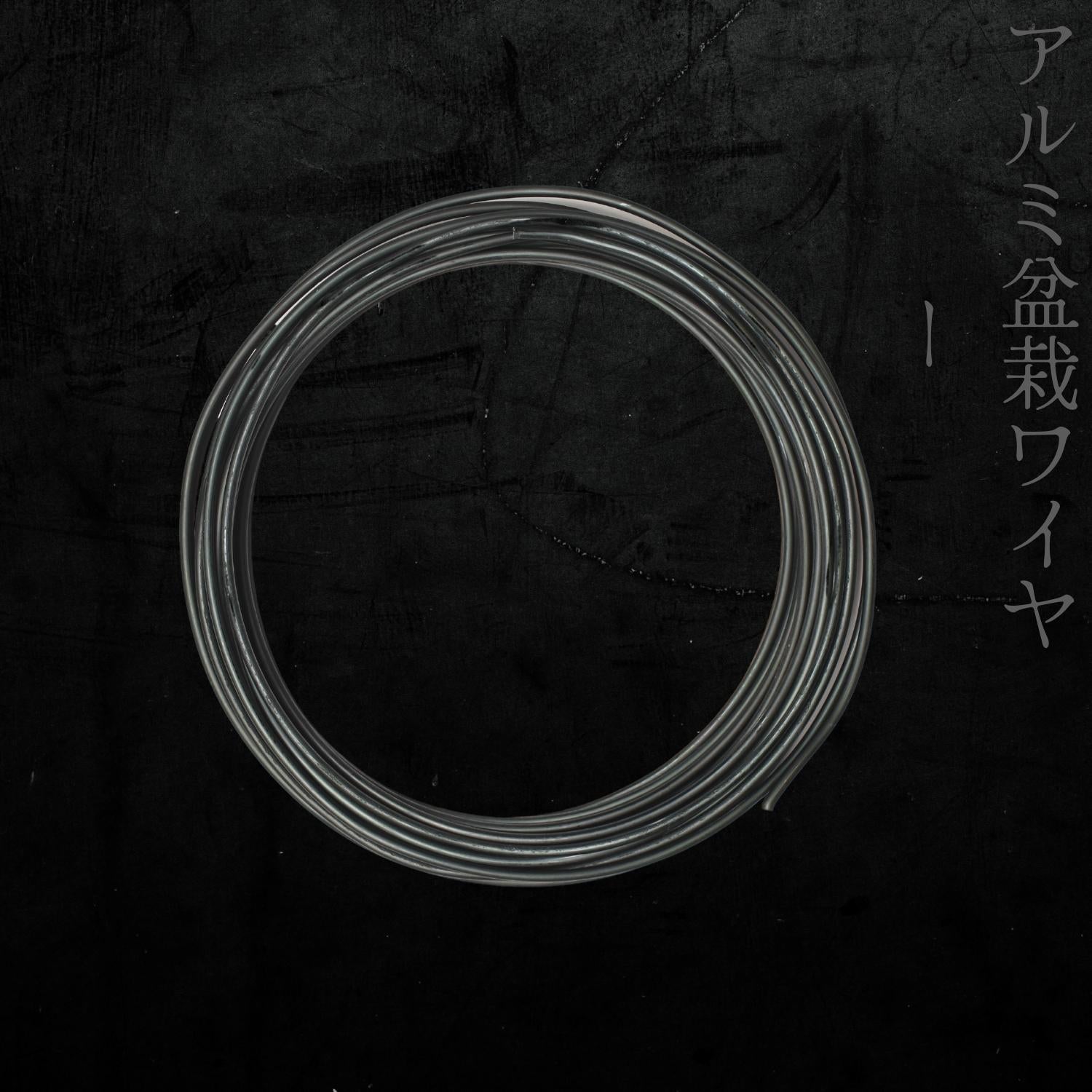

The short answer is no, But if you want to learn why keep reading. The plant material used for Bonsai are normally trees and shrubs which for the most part require the natural environment to survive and thrive, There are a few select tropical species that can survive inside but do they make good bonsai? Bonsai are also becoming a lot more popular for Tv and Movies and are often depicted sitting in an office or in a room in a nice house, and while it adds a touch of class and elegance to the scene it also sends the wrong message to people wanting to get a bonsai of their own. Lets see if we can answer a few questions about how plants survive and thrive and what makes a good bonsai and see if this fits in with the indoor plant family.
Yes absolutely! Why? Trees need to photosynthesize to create Glucose which is food for plants, This is a combination of UV light and Carbon Dioxide being taken in by the leaf and converted to Glucose. So already we have 2 things that are really important for a healthy plant that you cant get indoors which are direct unfiltered sunlight ( not behind glass or clear plastic ) and moving fresh air. There are some people who try to emulate these with grow lights and fans etc etc but its really not the same. While some people have gotten tolerable results they aren’t creating good bonsai. It almost like trying to run your car on corn starch rather then petrol, while some people have gotten it to work it’s a lot of un necessary effort and not an efficient and reliable solution.
Most of the species we use for Bonsai are temperate species meaning they need to feel the 4 seasons. Now granted in some locations they may only get 2 seasons and in other locations they can get 4 seasons in 1 day but the average remains the same. Plants have a growth and rest cycle which are an active growing season and a dormant season. A tree doesn’t have a calendar to know when the seasons change so it uses Daylight length and intensity and also temperature to determine when the season are changing. So when the days are long and warm the tree is growing, and when the days are short and cold the trees are resting. Indoors the trees don’t get this information, they cant tell how long the day is or how intense the light is and it usually also cant tell the temperature as we control the inside temperature to suit our comfort. If a tree continues to grow and doesn’t get a dormancy period eventually it will weaken and die, Pair this with not being able to properly photosynthesize to create food and you have a tree that is working over time with no source of food.
A big part of what bonsai are admired for are the combination of a nice thick trunk with small delicate growth on it, this combination of big and small looks satisfying. Indoor growing conditions will limit you on both those things, actually it will reverse them. You can end up with a small trunk with large leaves. The reason for this is in bonsai we have 2 stages, 1 is development in which we grow that thick trunk and the second is refinement in which we grow the small delicate branching and leaves. When your trying to develop a tree indoors it wont grow very fast as it doesn’t have the resources a tree outside does, so while the trees outdoors are powering on and thickening up the one inside is struggling to put on size. Eventually most people give up and just put it in a pot while its still small, or they already bought it in the pot as a small thin tree. Then once its time to refine the tree and grow the small leaves this is made hard again by the limitations of indoor cultivation. When a tree is put in a low light situation it will find ways of trying to heighten its chances of catching some sunlight, some trees will grow larger leaves, while others species like needle type species will spread their foliage right open to create a larger surface area which looks messy and un kept. When a juniper gets full sun all days its growth is tight and compact, when it get little sunlight the growth is very open which looks bad. There are also techniques we use to keep the tree looking nice which you will probably skip out on due to not wanting to practice those inside which we will talk about now.
2 Things we need to get right to have nice bonsai are correct watering and fertilizing. These are 2 things indoor bonsai growers skip out on because the fertilizer stinks ( if you use the correct ones ) and the water can make a mess ( if you water properly ). Organic fertilizers are low enough in nitrogen that they keep the plant healthy but prevent it from getting to out of control, they also help feed a healthy soil system. Organic fertilizers stink though as they begin to break down so most people will often either use a chemical fertilizer which will be to strong or just not worry about it at all. The other thing is watering, we need to water the pot properly and deeply until water pours out the bottom drainage holes like a tap, this allows oxygen to be drawn in behind the draining water to replace the stale oxygen that is already in the pot. This also allows the root ball to get properly drenched and have water distributed to the entire system rather then just the outsides.
When a tree is indoors it can suffer from root rot twice as easy. This is usually a combination of 2 things. 1 is poor soil, its safe to assume that if someone is practicing indoor bonsai they probably arnt practicing proper technique such as proper bonsai soils that drain properly. Most indoor bonsai will have poor draining organic soil which can be a problem for a tree outside, but inside that issue is amplified. There are a few things that help a soil system dry out, The roots taking up water for the tree to use, heat, wind and a proper soil mix that drains properly. Indoors the tree doesn’t move much water because it wont transpire ( lose water through the leaves ). Transpiration is caused by heat and wind. There is also no heat on the pot or wind moving over the surface to evaporate excess water and if the tree is in organic soil then all that water is just going to sit causing root rot.
This is perfectly fine, most exhibitions only go for a few days max which isn’t sufficient to cause any issues, the only time indoor life becomes an issue is if it is permanent. You can display your tree in the middle of the table at a dinner party or even at an event you are hosting such as a wedding or funeral. If you are showing your tree indoors at an exhibition just remember most venues have aircon running all day long so this can help dry your tree out so remember to keep checking it over the days to make sure it has sufficient water.
So as you can see these are just a few of the main pitfalls to Indoor bonsai. This topic is debated over and over, and I can understand that if someone doesn’t have the means to put a tree outside but they really want a bonsai they will defend indoor bonsai to the end of the earth and back. But keep in mind you will never see a professional or any Japanese gardens with an indoor bonsai collection. There is a reason for that, which was just all explained above.
Savings opportunities
Shop Tools And Accessories
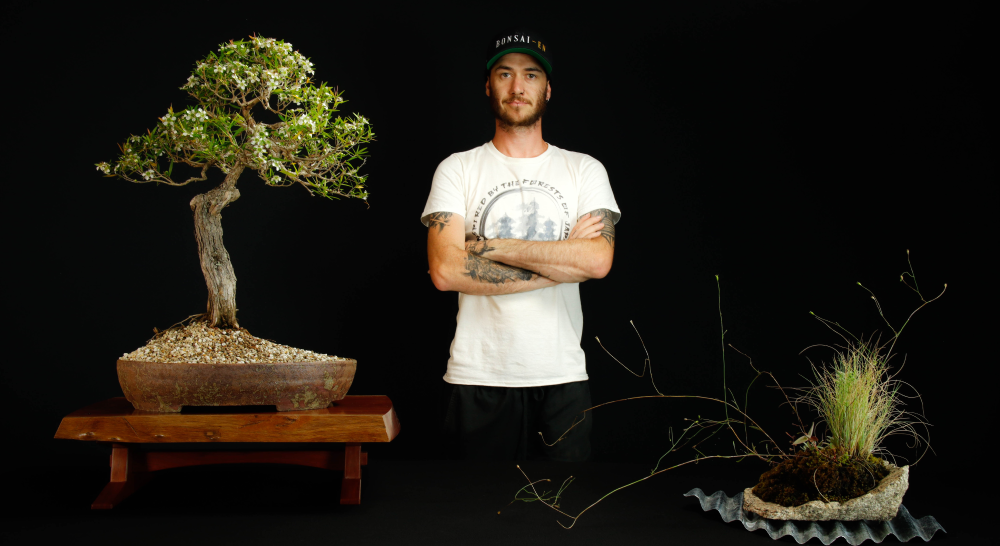
Author : Joshua Hooson
Joshua Hooson is an author and enthusiast of the art of bonsai. He has built his knowledge and understanding of bonsai through a combination of self-experience, lessons learned through hands-on practice, and extensive research. His articles reflect his passion for the subject and offer insights gained through his own personal journey in the world of bonsai. All the information provided in his works is a result of his own experiences and the knowledge he has gained through his studies. He is dedicated to sharing his love of bonsai and helping others grow in their understanding and appreciation of this ancient and beautiful art form.

